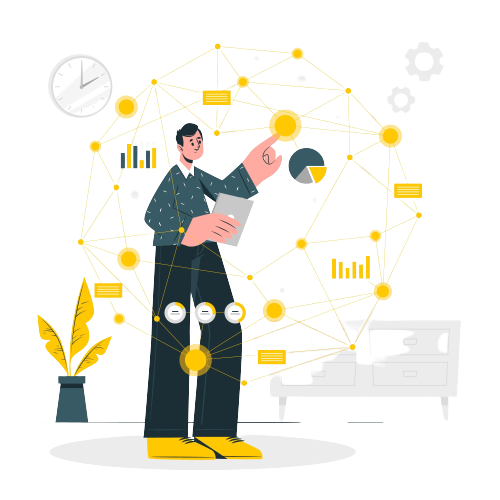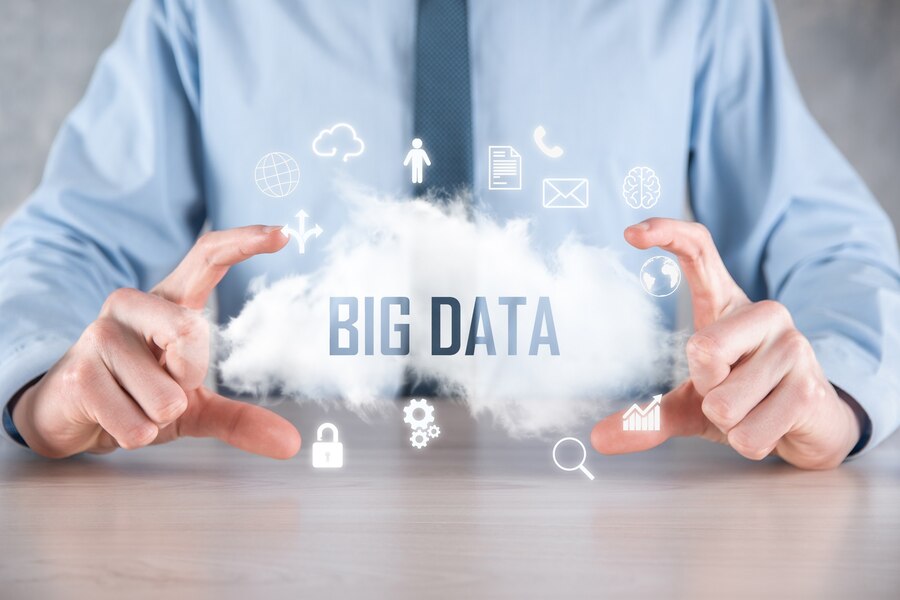




"Big data" is a field that treats ways to analyze, systematically extract information from, or otherwise deal with data sets that are too large or complex to be dealt with by traditional data-processing application software. Data with many cases (rows) offer greater statistical power, while data with higher complexity (more attributes or columns) may lead to a higher false discovery rate. Big data challenges include capturing data, data storage, data analysis, search, sharing, transfer, visualization, querying, updating, information privacy and data source. Big data was originally associated with three key concepts: volume, variety, and velocity.
Data science is a multi-disciplinary field that uses scientific methods. processes, algorithms and systems to extract knowledge and insights from structured and unstructured data. Data science is the same concept as data mining and big data: "use the most powerful hardware, the most powerful programming systems, and the most efficient algorithms to solve problems". Data science is a "concept to unify statistics, data analysis. machine learning and their related methods" in order to "understand and analyze actual phenomena" with data. It employs techniques and theories drawn from many fields within the context of mathematics, statistics, computer science, and information science.


Robotic process automation (or RPA) is an emerging form of business process automation technology based on the notion of metaphorical software robots or artificial intelligence (AI) workers. In traditional workflow automation tools, a software developer produces a list of actions to automate a task and interface to the back-end system using internal application programming interfaces (APIs) or dedicated scripting language. In contrast, RPA systems develop the action list by watching the user perform that task in the application's graphical user interface (GUI), and then perform the autdmation by repeating those tasks directly in the GUI. This can lower the barrier to use of automation in products that might not otherwise feature APIs for this purpose.
The Internet of things (IOT) is the extension of Internet connectivity into physical devices and everyday objects. Embedded with electronics, Internet connectivity, and other forms of hardware (such as sensors), these devices can communicate and interact with others over the Internet, and they can be remotely monitored and controlled. The definition of the Internet of things has evolved due to the convergence of multiple technologies, real- time analytics, machine learning, commodity sensors, and embedded systems. Traditional fields of embedded systems, wireless sensor networks, control systems, automation (including home and building automation), and others all contribute to enabling the Internet of things. In the consumer market, loT technology is most synonymous with products pertaining to the concept of the "smart home", covering devices and appliances (such as lighting fixtures, thermostats, home security systems and cameras, and other home appliances) that support one or more common ecosystems, and can be controlled via devices associated with that ecosystem, such as smartphones and smart speakers.


.NET is an open source developer platform, created by Microsoft, for building many different types of applications. NET is a free, cross-platform, open source developer platform for building many different types of applications. .NET Core is a cross-platform .NET implementation. .NET Framework is a software framework developed by Microsoft that runs primarily on Microsoft Windows. It includes a large class library named as Framework Class Library and provides language interoperability across several programming languages. ASP.NET Core is a cross-platform, high-performance, open- source framework for building modern, cloud-based, Internet-connected applications. With ASP.NET Core, you can: Build web apps and services, loT apps, and mobile backends. Use your favorite development tools on Windows, macOS, and Linux. Deploy to the cloud or on-premises. Run on .NET Core or NET Framework.
Java is a general-purpose programming language that is class-based, object- oriented, and designed to have as few implementation dependencies as possible. There are millions of applications and websites that will not work unless you have Java installed, and more are created every day. Java is fast, secure, and reliable From laptops to datacenters, game consoles to scientific supercomputers, cell phones to the Internet, Java is everywhere! Java is a widely used programming language expressly designed for use in the distributed environment of the internet.


Cloud computing is the on-demand availability of computer system resources, especially data storage and computing power, without direct active management by the user. The term is generally used to describe data center's available to many users over the Internet. Large clouds, predominant today, often have functions distributed over multiple locations from central servers. If the connection to the user is relatively close, it may be designated an edge server. Clouds may be limited to a single organization (enterprise clouds[1][2]), be available to many organization's (public cloud), or a combination of both (hybrid cloud). Cloud computing relies on sharing of resources to achieve coherence and economies of scale.
Sequence Infotech . All Rights Reserved.